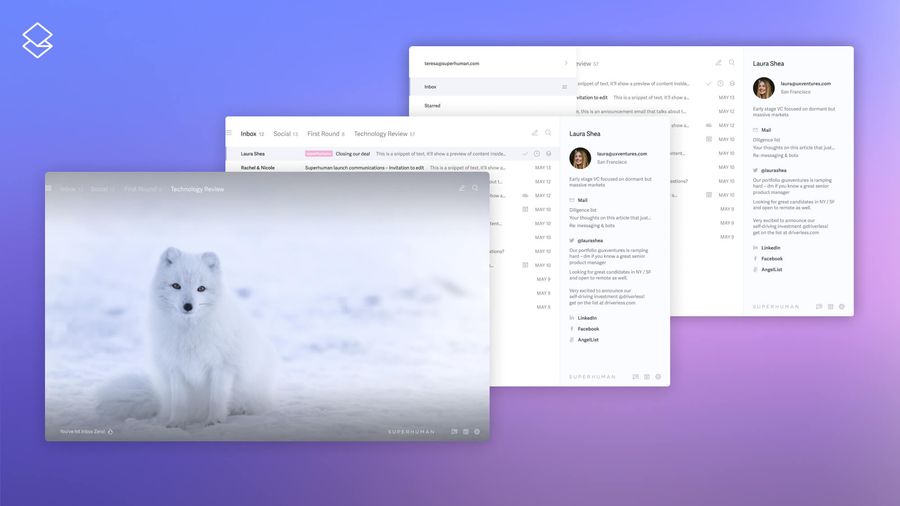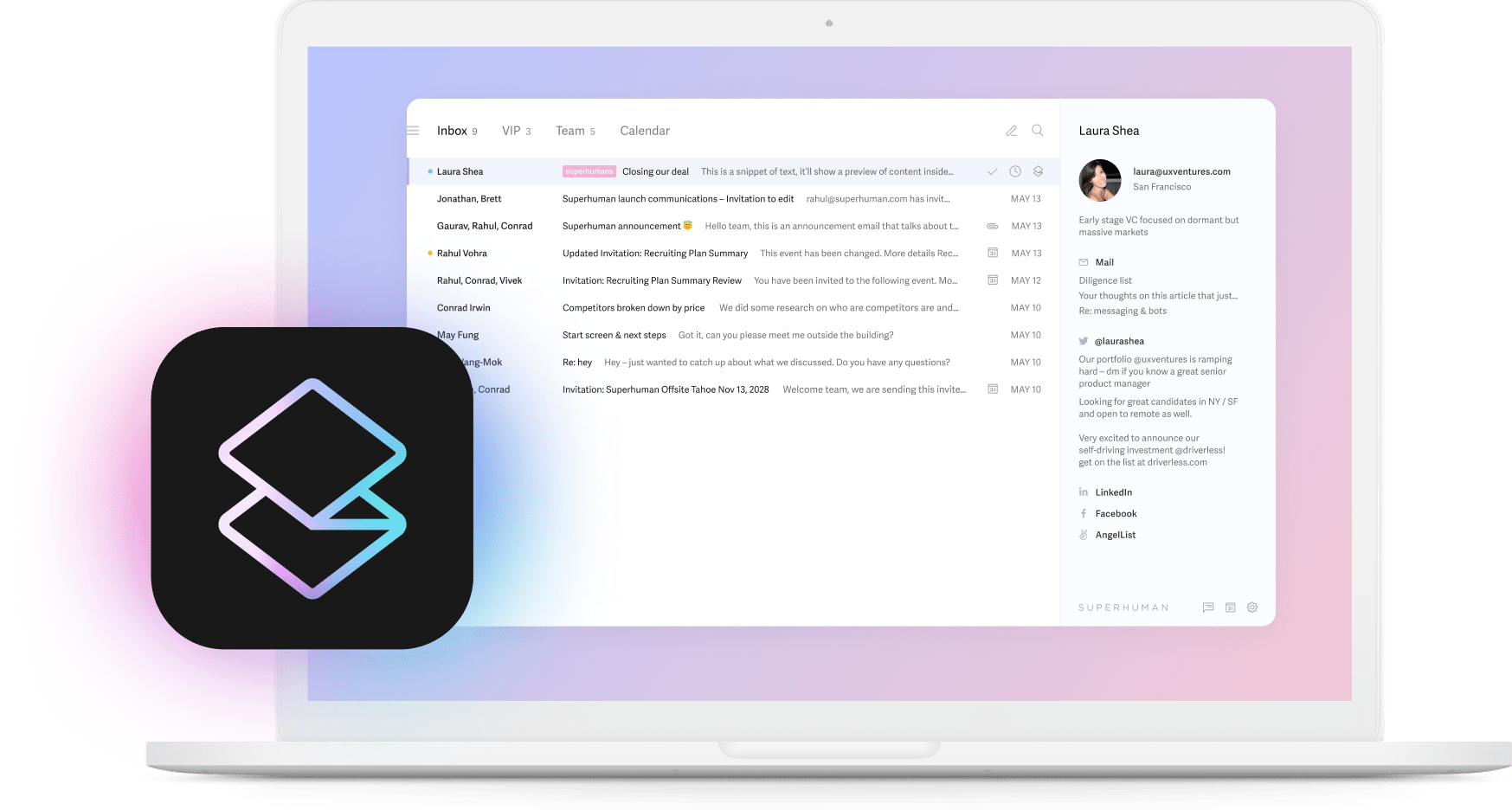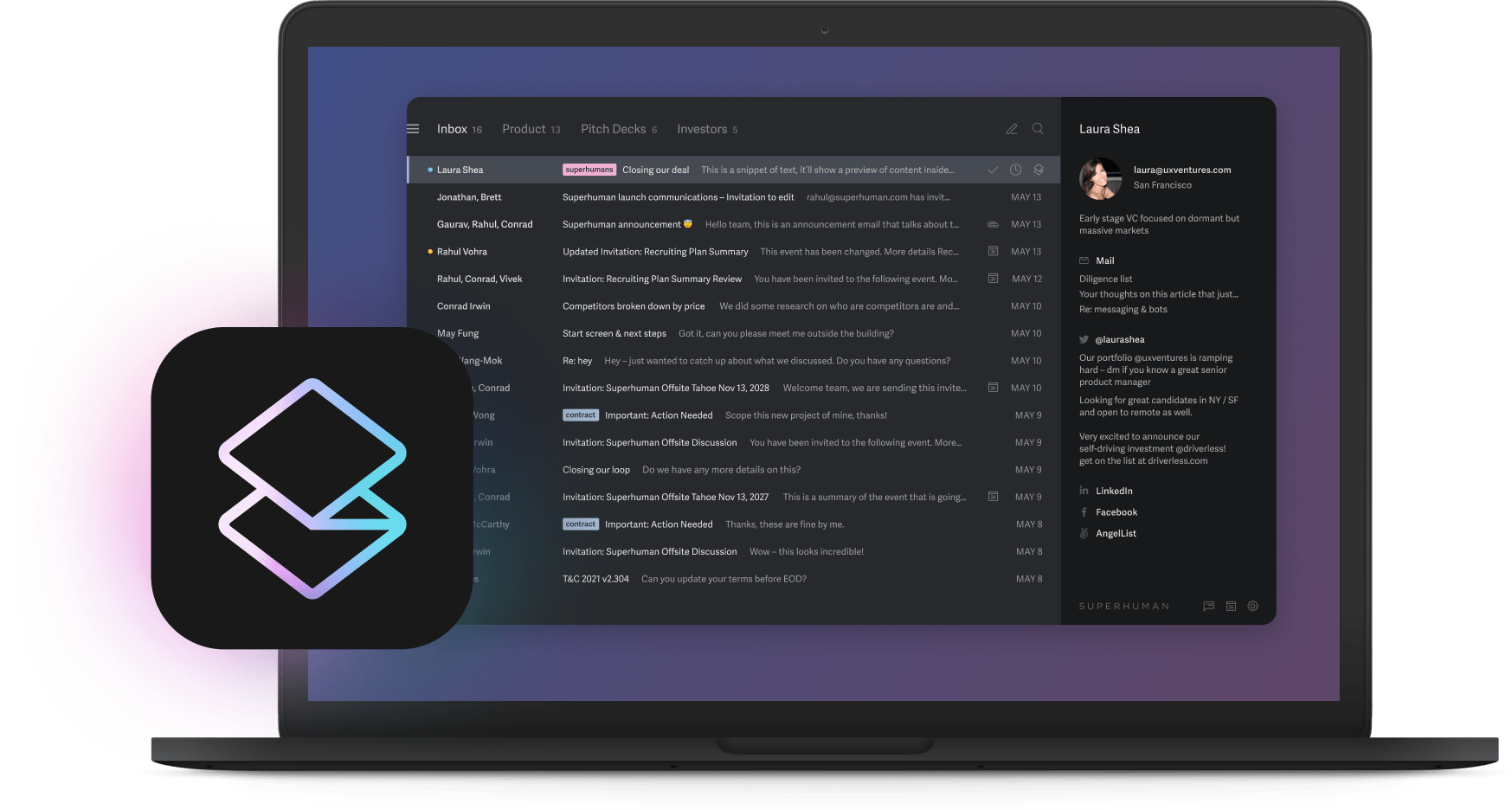
An inbox is like a kitchen. It can be a place of stress and creeping disorder, with stuff piling up faster than you can manage. Or it can be a place of calm and joyful flow, with everything in its place and the right tools at hand.
The need for better email organization has never been more urgent. The average office worker receives 121 emails per day and spends roughly 28% of their workweek managing them. That's more than two hours per day just processing emails. Meanwhile, research shows that employees spend 88% of their workweek on communication tasks, with email being the dominant channel.
But here's the good news: with the right strategies and tools, you can transform your inbox from a source of anxiety into a productivity asset. This guide covers nine proven email organization tips that will help you reclaim your time and focus on high-impact work.
What is email organization?
Email organization refers to the systems, habits, and tools you use to manage incoming messages efficiently. Rather than letting emails pile up unread or scattering them across dozens of folders, effective email organization means:
- Processing messages quickly using consistent decision-making rules
- Prioritizing what matters by separating urgent emails from noise
- Finding anything fast through smart archiving and search
- Reducing mental load by keeping your inbox close to empty
The most popular framework for email organization is Inbox Zero: a methodology focused on regularly emptying your inbox by taking immediate action on each message.
Benefits of organizing your emails
Before diving into tactics, here's why investing in email organization pays dividends:
- Time savings: Well-organized professionals can save up to 4 hours per week on email management
- Reduced stress: A clean inbox eliminates the anxiety of unread message counts and missed communications
- Faster response times: When important emails surface immediately, you respond faster, strengthening client and stakeholder relationships
- Better focus: Only about 30% of received emails actually require immediate action. Organization helps you ignore the rest.
- Improved collaboration: Teams with streamlined email practices report higher project completion rates
9 expert tips for organizing your emails
1. Start with a deep inbox purge
If you're sitting on thousands of unread messages, tackle the backlog before building new habits. Set aside 1-2 hours, sort your inbox by sender, and mass-delete:
- Promotional emails and expired offers
- Outdated notifications from apps you no longer use
- Old threads where your input is no longer needed
- Newsletters you never actually read
Don't overthink it. If an email is more than 90 days old and you haven't touched it, you probably won't miss it.
2. Unsubscribe ruthlessly
The easiest email to organize is one that never arrives. Every time you delete the same newsletter or promotional email, ask yourself: Should I just unsubscribe?
Most email clients now include a one-click unsubscribe button at the top of marketing emails. Use it liberally. You can always resubscribe later if you genuinely miss the content.
3. Simplify your decision-making
For every email, you only need to make one of four decisions:
- Do it (if it takes under 2 minutes)
- Delegate it (forward to the right person)
- Defer it (snooze for when you can act on it)
- Delete/archive it (remove from your inbox)
This is the essence of the Getting Things Done (GTD) methodology applied to email. In Superhuman Mail, this becomes even simpler: hit e to archive or h to snooze. That's it. The robust search ensures you can always find archived messages when needed.
4. Use labels (not complex folder systems)
Many professionals over-engineer their email with elaborate folder hierarchies. The problem? You spend more time filing than working. With powerful search capabilities in modern email clients, most people find they can let go of complex folder structures entirely. Archiving and search do the heavy lifting.
When additional structure helps, use Labels sparingly – for active projects, key clients, or specific workflows.
5. Schedule dedicated email time
Employees check email 11-36 times per hour, with 84% keeping their inbox open in the background. This constant checking destroys focus.
Instead, batch your email processing into 2-3 dedicated windows:
- Morning: Triage overnight messages, flag priorities
- Midday: Process and respond to urgent items
- End of day: Clear inbox, set follow-up reminders
Between these windows, close your email app entirely. The world won't end if you respond in 2 hours instead of 2 minutes.
6. Master keyboard shortcuts
Keyboard shortcuts save significant time – up to a month of workdays per year for power users.
You don't need to memorize them all at once. Start with the basics:
- Archive: e
- Snooze: h
- Reply: r
- Search: /
- Command palette: Cmd+K (Mac) or Ctrl+K (Windows)
Superhuman Command gives you access to any action without memorizing shortcuts. Just hit Cmd+K and type what you want to do. Within 30 days of consistent use, you'll navigate your inbox almost entirely by keyboard.
7. Harness AI for email composition
The biggest time sink isn't reading emails, it's writing them. Superhuman Mail transforms quick phrases into polished, complete messages that match your personal voice and tone.
Recent research shows 73% of employees using AI say it helps them avoid miscommunication, and AI assistance can save professionals nearly a full workday per week.
Superhuman Mail includes tools for:
- Writing full emails from brief notes
- Editing for clarity and tone
- Summarizing long threads
- Translating across languages
8. Consolidate multiple accounts
If you juggle Gmail and Outlook accounts, you're likely constantly context-switching between interfaces. This fragmentation kills efficiency.
Superhuman Mail works with all your accounts – Gmail, Outlook, and more – in one unified interface. One workflow. One set of shortcuts. One inbox to rule them all.
With 64% of professionals checking email primarily on mobile and most emails being read on smartphones before being answered on desktop, cross-device consistency matters too. Superhuman Mail's offline mode lets you triage your inbox anywhere.
9. Build your support system
Even with perfect habits, questions arise. Great email organization requires ongoing learning and occasional troubleshooting.
Superhuman's Help Center covers common questions, and the Delight Team provides personalized support. Research shows proper training is the number one factor in whether new productivity tools succeed or fail.
Have suggestions? Hit Cmd+K and share feedback directly from the app.
Common email organization mistakes to avoid
Even with good intentions, certain habits undermine your progress:
- Using your inbox as a to-do list. Your inbox isn't designed for task management. Emails that need action should be turned into tasks with deadlines, or use Reminders to resurface them at the right time.
- Over-engineering with folders. Creating dozens of nested folders feels productive, but wastes time. You spend more energy filing than working. Modern search makes most folder systems unnecessary.
- Checking email constantly. Every inbox check triggers a context switch that can take 23 minutes to recover from. Batch your email into dedicated windows instead.
- Leaving emails "unread" as reminders. This clutters your inbox and creates false urgency. If an email needs follow-up, snooze it or convert it to a task.
- Skipping the weekly review. Without regular maintenance, even good systems decay. Spend 15 minutes weekly clearing stale items and adjusting your workflow.
Quick reference: Email organization checklist
Use this checklist to maintain inbox sanity:
- Unsubscribe from one newsletter you never read (daily)
- Process inbox to zero during scheduled email windows
- Archive anything older than 30 days that needs no action
- Use labels only for active projects/clients
- Review and clean "Waiting for Response" items weekly
- Learn one new keyboard shortcut per week
Reclaim your inbox with Superhuman Mail
With professionals now spending 28% of their workweek on email, effective organization is essential for high-impact work.
The strategies above work with any email client. But if you want to implement them at maximum speed, Superhuman Mail is designed from the ground up for inbox flow-state. Every pixel and keystroke supports these exact workflows.
Here's what makes the difference:
- Split Inbox automatically separates important messages from everything else, so you focus on what matters first
- Superhuman AI drafts emails in your voice, helping you respond to twice as many emails in the same time
- Reminders turn any email into a timed follow-up that reappears exactly when you need it
- Read Statuses show you when recipients open your emails, so you can time follow-ups perfectly
- Snippets save your most-used responses and templates for instant insertion
- Keyboard shortcuts let you fly through your inbox without touching your mouse
The results speak for themselves. Teams using Superhuman Mail reply 1-2 days sooner, respond to twice as many emails in the same amount of time, and save 4 hours per person every single week. Your inbox feels lighter, and workflows become effortless.
For teams, the benefits compound. Shared Snippets ensure consistent messaging across your organization. Shared Conversations let you collaborate on email threads without forwarding chains. And Read Statuses help sales and success teams time their outreach for maximum impact.
Ready to experience email that feels joyful instead of overwhelming?






